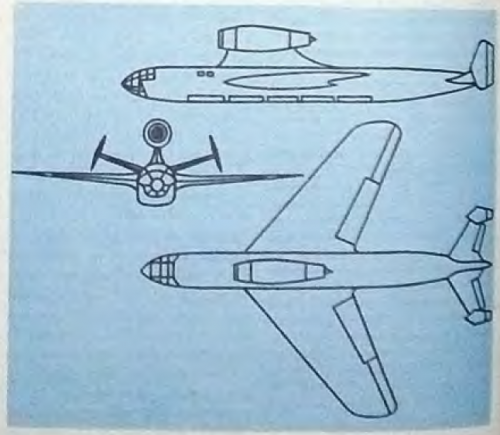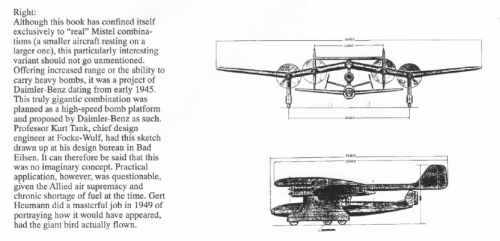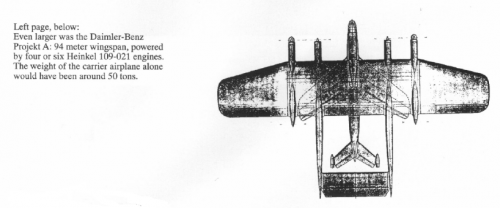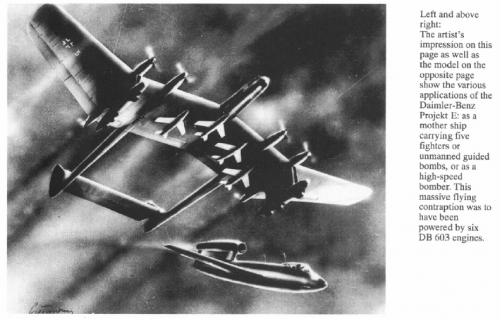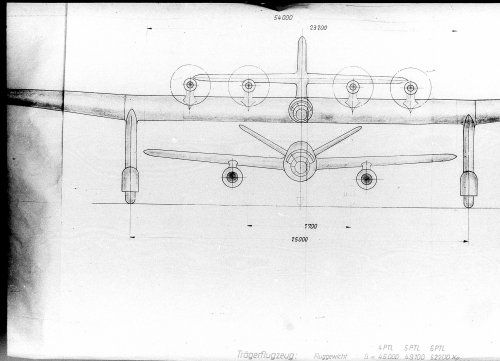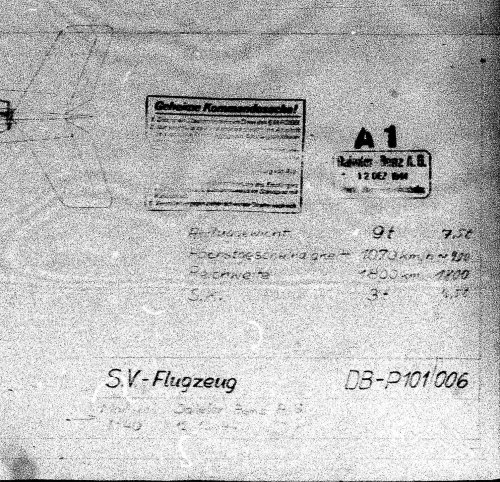This is one of my favorite project done by Daimler-Benz. I have used search engine to see if there have been any discussion on this aircraft. Since there is no thread on this aircraft project, I wish to bring this interesting information with you people. this community appear to have great passion in sharing the know ledges, materials, and opinions about each of aircraft, so I see this as an opportunity for this community to bring many interesting discussion, materials such as data/blueprint, and opinion about Daimler-Benz Project 'A' to 'F'.
Here is little information on Daimler-Benz Project 'A' to 'F':
http://www.luft46.com/mlart/mldbce.html
(Project A)
http://www.luft46.com/db/dbbomba.html
http://www.anigrand.com/AA4023_DB_Project-A.htm
(Project B)
http://www.luft46.com/db/dbbombb.html
http://www.anigrand.com/AA4001_DB_Project-B.htm
http://www.fantastic-plastic.com/DaimlerBenzProjectBPage.htm
(Project C)
http://www.luft46.com/db/dbbombc.html
http://home.online.no/~torp4/db_p_c.html
(Project E)
http://www.luft46.com/db/dbbombe.html
(Project F)
http://www.luft46.com/db/dbbombf.html
http://www.luft46.com/mrart/mrdbf.html
This project would of been German's first mini flying aircraft carrier that would carry many small combat aircaft under the wing toward the target. If this project was bought to alive and began the evolution into bigger planes with different upgrades, this aircraft would have the potiental to become Germans' first flying aircraft carrier. That is why this project is one of my favorite becuase this project is one of most vivid project I have ever seen!
Chaoic out...
Here is little information on Daimler-Benz Project 'A' to 'F':
http://www.luft46.com/mlart/mldbce.html
(Project A)
http://www.luft46.com/db/dbbomba.html
http://www.anigrand.com/AA4023_DB_Project-A.htm
(Project B)
http://www.luft46.com/db/dbbombb.html
http://www.anigrand.com/AA4001_DB_Project-B.htm
http://www.fantastic-plastic.com/DaimlerBenzProjectBPage.htm
(Project C)
http://www.luft46.com/db/dbbombc.html
http://home.online.no/~torp4/db_p_c.html
(Project E)
http://www.luft46.com/db/dbbombe.html
(Project F)
http://www.luft46.com/db/dbbombf.html
http://www.luft46.com/mrart/mrdbf.html
This project would of been German's first mini flying aircraft carrier that would carry many small combat aircaft under the wing toward the target. If this project was bought to alive and began the evolution into bigger planes with different upgrades, this aircraft would have the potiental to become Germans' first flying aircraft carrier. That is why this project is one of my favorite becuase this project is one of most vivid project I have ever seen!
Chaoic out...







